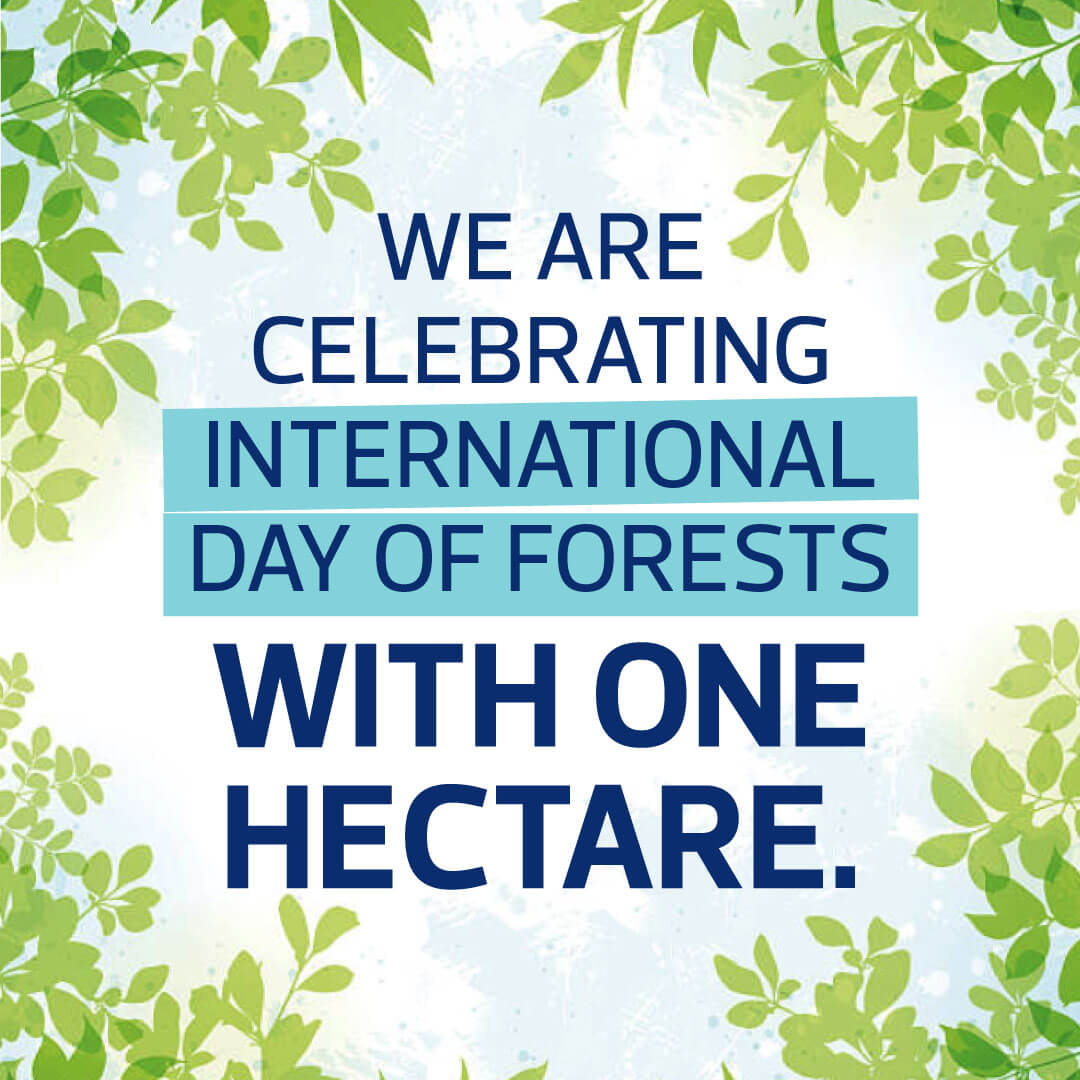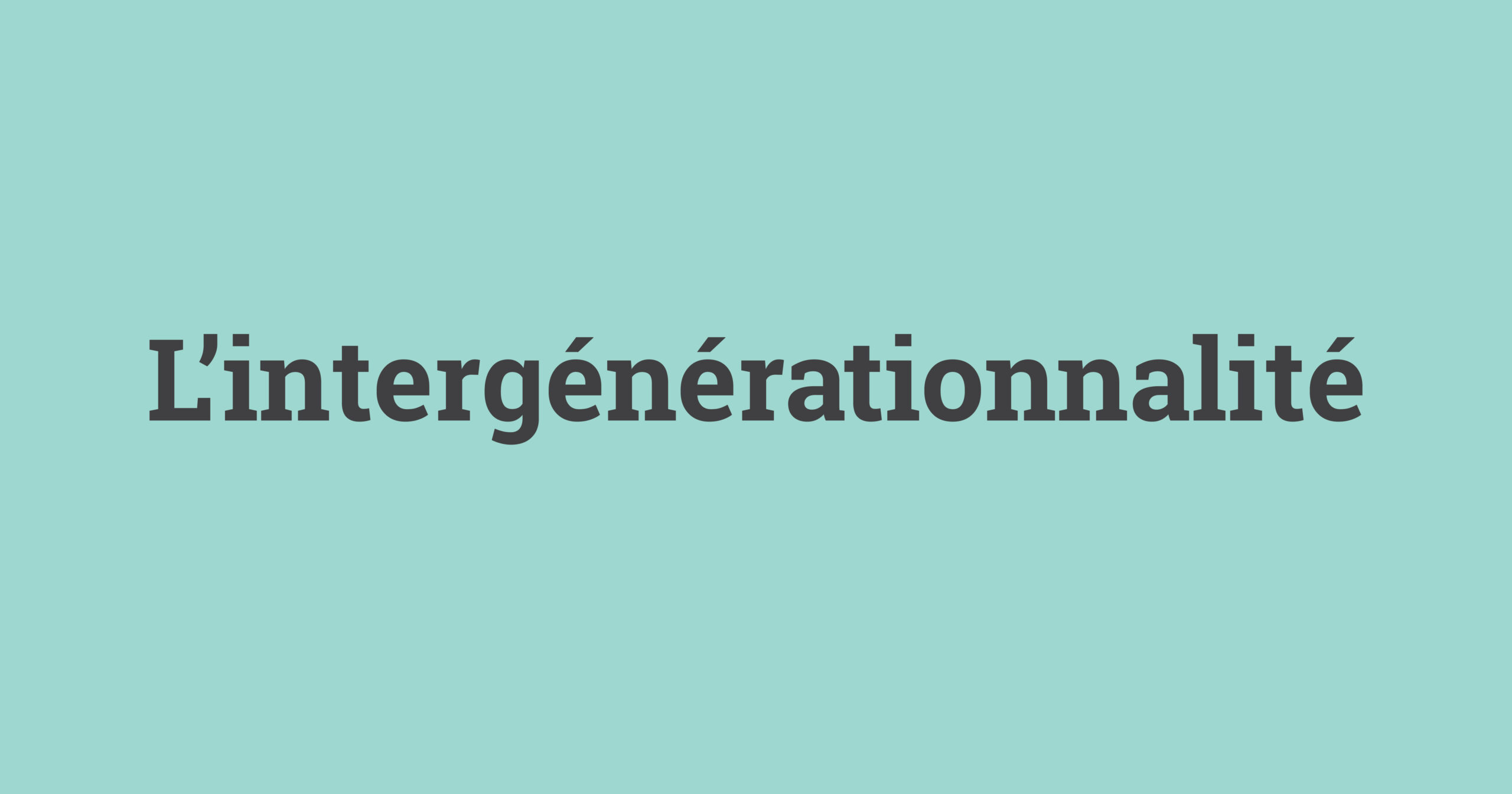What is the state of biodiversity in Mauritius?
Mauritius has one of the most threatened island floras and faunas in the world. This status was achieved in a very short period of time – only 400 years. As plants provide food and protection for many other species (invertebrates, birds, reptiles, plants, fungi, bacteria etc), the loss of the forest and significant decline in the native and endemic forest has had a knock-on effect on so many other life forms. For example:
16 of 27 known species of native land birds are extinct
5 of 17 known species of reptiles are extinct
43 of 125 known species of snails are extinct
Only one Mauritian fruit bat still striving. Two others are extinct
Introduce other threats such as climate change, disease and invasive species and this puts the Mauritius’ biodiversity in a critical state. As Mauritius is an oceanic island and has a long history of isolation, the island has a fragile ecosystem. Native and endemic species are not able to quickly adapt to changes such as predation or competition from invasive species.
What is the role of biodiversity?
Biodiversity has so many roles that impact humans as well as other species. To name a few: medicine and health, agriculture, business, ecosystem services such as nutrient cycling, soil formation, freshwater, education, spiritual and recreational benefits, disease regulation, flood and climate regulation.
What actions are taken in Mauritius and more specifically at Ebony?
At Ebony Forest, we have weeded more than 16 ha and planted more than 140,000 native plants to restore the forest. We thank IBL Group helping us preserve and reforest one hectare of land with endemic trees. Our target is to restore 50 ha. Weeding is a long-term commitment as exotic vegetation continues to invade. Restoring a site needs repetitive maintenance weeding, until the native forest establishes a canopy and excludes the light-loving exotic vegetation.
Invasive alien plants are one of the greatest threats to our biodiversity as the native plants grow slowly, whereas exotic plants normally grow much faster and displace the natives. There is less than 2% native forest remaining in Mauritius and it is likely to be much less than this, because this assessment was done in the 1990s.
Propagation of rare and threatened species is being done by Ebony Forest, Mauritian Wildlife Foundation, Forestry Service and the National Parks and Conservation Service. This is important as such species are then reintroduced into the wild. With the extinction of many of the plants seed dispersers (giant tortoises, giant geckos, flightless parrots, to name a few), plants now rely heavily on people to establish them in areas.
Controlling pigs, monkeys and deer is also essential as these introduced mammals actually are detrimental to the forest. They destroy the seeds and eat the seedlings and adults of many native species. At Ebony Forest, we have fenced the site to exclude deer and pigs. Elsewhere in Mauritius, people are trapping and controlling deer and pigs.
NGOs such as Reef, Lagoon Bleu and MMCS are educating people. Restoring forests as we do at Ebony, is important to reduce the amount of sediment that enters the lagoons and impacts this environment. It also helps reduce flash flooding and increases our water quality, as well as water table.
Mauritian Wildlife Foundation does a lot of work in terms of captive breeding, reintroductions and education.
At Ebony Forest, we have partnered with the Mauritian Wildlife Foundation, National Parks and Conservation Service to establish a new population of the Pink Pigeon and Echo Parakeet. For the Pink Pigeon this helped reduce its threat level on the IUCN red list. This project was part funded by Ebony Forest and the Critical Ecosystem Partnership Fund.
We also have a captive breeding population of threatened snails. Snails are often overlooked but are incredibly important for the environment as they help with nutrient cycling. More than 33% of snail species are extinct and the remaining species are likely to follow the same route, unless we reduce predation.
Awareness is crucial. If people do not know what they have lost or what can be recovered, then people will not support the conservation of biodiversity. Education at all levels – primary, secondary, tertiary and the public is occurring and being done by the Government, Mauritian Wildlife Foundation, Ebony Forest and Vallee de Ferney.
Valorising biodiversity, such as via ecotourism such as at Ebony or Ile aux Aigrettes or through honey production, is important for people to realise the importance of biodiversity. This however needs to be done on a larger scale and in a structured way. At Ebony Forest, all our visitors are informed of the importance of the local biodiversity and we run special activities catered for primary and secondary school children.
Involving the public and companies in conservation work is important to create ownership and show people that everyone can make a small contribution.
Why is it important to protect the biodiversity?
Biodiversity is essential for the well-being of our planet, and we only have one of those! Its loss will have a significant impact on our livelihoods and is irreversible. While many view biodiversity and nature as a separate entity, our lives are strongly intertwined with biodiversity and we cannot afford to continue to lose more species or genetic diversity. Besides which, there is a strong moral reason to protect biodiversity and enable future generations to appreciate and profit from this valuable resource.
What are the constraints and threats?
One of the greatest threats is the lack of awareness and hence people wanting to protect the remnant wildlife and landscapes. You cannot get people involved if they do not have a connection with a project. So, one of the first things is to highlight the value and importance of our native biodiversity.
Another huge constraint is the lack of funding available. The rewards of protecting and restoring biodiversity are enormous and to the benefit of both nature, humans, locally and globally.




